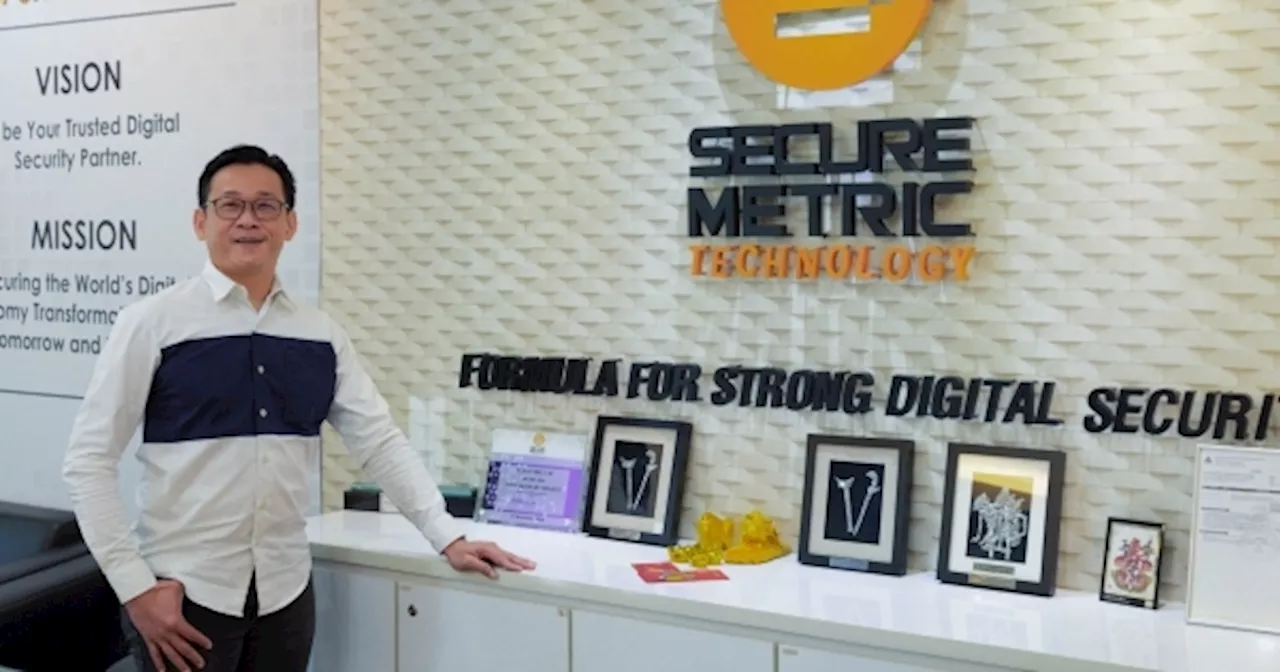Digital IDs not just a necessity but a tool for empowerment and connection Presence in 5 countries, technology being used in Singapore’s SingPass When you listen to the way Edward Law talks about the tech company he founded in 2007, you realise that he’s actually describing a digital pioneer.
By Anandhi Gopinath February 19, 2024Presence in 5 countries, technology being used in Singapore’s SingPass
And while we are on the subject of Digital ID, on that claim of being the first Malaysian to have a Digital ID created from the national rollout, it behooves me to gently point out that Anwar is not the first Malaysian to have a national digital ID. He actually isn’t even in the top 2,000. That is because when Mimos Bhd was developing the platform for Malaysia’s national Digital ID in 2018, it issued 2,000 digital IDs to civil servants in a pilot to test the platform and some early services.
“I was in the digital securities business, but as a distributor and not a developer with my own products,” he says. “I realised that an over-reliance on overseas security products was both unhealthy and unsustainable. Because you then don’t carry the flexibility to localise the solutions, which was something I saw as necessary.
“We were able to come across as an international Malaysian company with regional experience. This was great for our portfolio!” Indonesia was the first country he opened a subsidiary in 2008 with the country contributing the largest portion of overseas sales over the last six years. But the potential is global. According to market research and consulting firm, MarketsandMarkets, the global Digital ID market is projected to grow at a cumulative average growth rate of 20.4% and reach US$70.7 billion over the next five years. There are also predictions that over 50% of the global population will have some form of digital identity.
